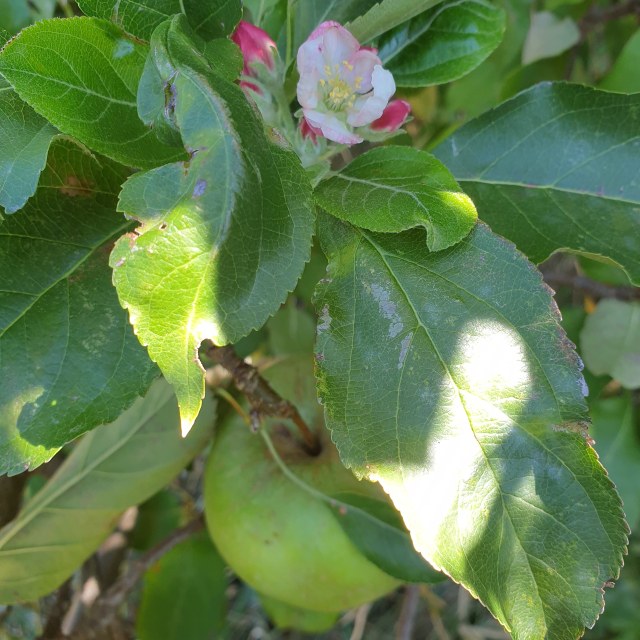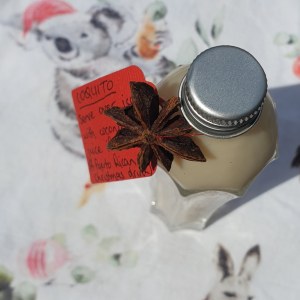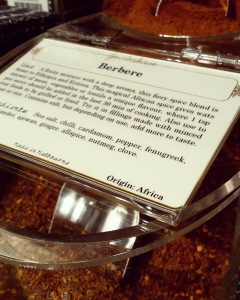For the past several years, I’ve been volunteering much of my energy helping Afghan women’s rights defenders escaping the Taliban. It has been fun, one dish at a time, to try and teach myself, or have some of them teach me, classic Afghan dishes. I adore Afghan dumplings and one of my dear friends who I met through this process is a master at the art, so I was very glad to have her teach me to make Mantu and Ashak. But I have been tickled by the idea of a dish from the east of the country called Kadoo Borani.
Borani is a braised dish, and kadoo means pumpkin in Dari one of the languages of Afghanistan. There are many variations of Borani Kadoo. I looked up as many versions as I could find. Some women don’t seem to braise the pumpkin at all, but simply serve the cooked vegetable with the tradition accompanying garlic and yogurt sauce. Some people fry the pumpkin first, some keep the pumpkin firmer that others. Some add more and/or different spices than others. While the dish is traditionally made with pumpkins, it can be made with summer’s butternut squash too. But I was inspired by the first if the Kent or JAP pumpkins available at the Capital Region Farmer’s Market and the gloriously flavourful heirloom tomatoes. I imagine in the off season; I will use a small can of tomatoes instead.
My version of this dish has you fry the pumpkin in reasonably sized chinks to add some good colour to them, and then sprinkle them with a blend of ground black cardamom, black pepper and salt to bring out the earthiness of the pumpkin. The tomato sauce is made with slowly cooked onion and garlic, to highlight the sweetness of the pumpkin, with cumin and coriander seed for warmth and fragrance. The yoghurt sauce adds freshness to the dish, as does the garnish of mint and chilli.
I hope this brings you as much joy as it did me. Serve it on its own with rice and bread, or as part of a platter. It is also good cold, as it is often served in Afghanistan.
Pumpkin
| 500 | grams | Pumpkin |
| 2 | tablespoon | oil |
| ¼ | teaspoon | salt |
| 1 | Black cardamom | |
| ¼ | teaspoon | Black pepper |
| ¼ | teaspoon | salt |
Tomato sauce
| oil | ||
| 1 | onion | |
| 1 | clove | garlic |
| ¼ | teaspoon | salt |
| ¼ | teaspoon | coriander seed, ground |
| ¼ | teaspoon | cumin seed |
| ¼ | teaspoon | turmeric |
| 1 | teaspoon | tomato paste |
| 500 | grams | fresh tomato |
Topping
| ¼ | cup | natural yoghurt |
| 1 | clove | garlic |
| 1 | pinch | salt |
| ¼ | teaspoon | dried mint |
| ¼ | teaspoon | Aleppo pepper |
Peel and deseed your pumpkin. Discard the scraps. Chop the pumpkin flesh into bite sized pieces.
Heat a frying pan and add oil. When the oil is hot, add the pumpkin pieces in batches to the pan, and cook till dark brown on all sides. Allow any excess oil to drain into the pan before removing the pieces to a plate. Continue until all your pumpkin pieces are dark brown all over and just cooked through.
Meanwhile, grind your black cardamom, pepper and salt into a fine powder.
Sprinkle the cardamom salt over the cooked pumpkin pieces. Set aside.
To prepare the tomato sauce, slice the onion and chop the garlic. Return the frying pan you used for your pumpkin to a low heat. If you need to, add a little more oil. Add your onion and cook slowly. When the onion starts to become translucent, add the garlic and a little salt. Cover the pan and cook until it smells sweet. Add the spices and cook till fragrant, then add the tomato paste and cook till it smells fragrant. Meanwhile, slice your tomato and some more salt to taste. Cook gently till the tomatoes are just broken down and the liquid has evaporated.
Meanwhile, combine the salt, garlic and yoghurt in a small bowl.
To serve, scoop the tomato sauce on a serving plate, spreading across the full breadth of the plate. Arrange the pumpkin pieces on top of the tomato sauce. Then, as decoratively as you can, dollop the yoghurt sauce atop the pumpkin. Sprinkle dried mint and Aleppo pepper flakes atop the yoghurt.



















